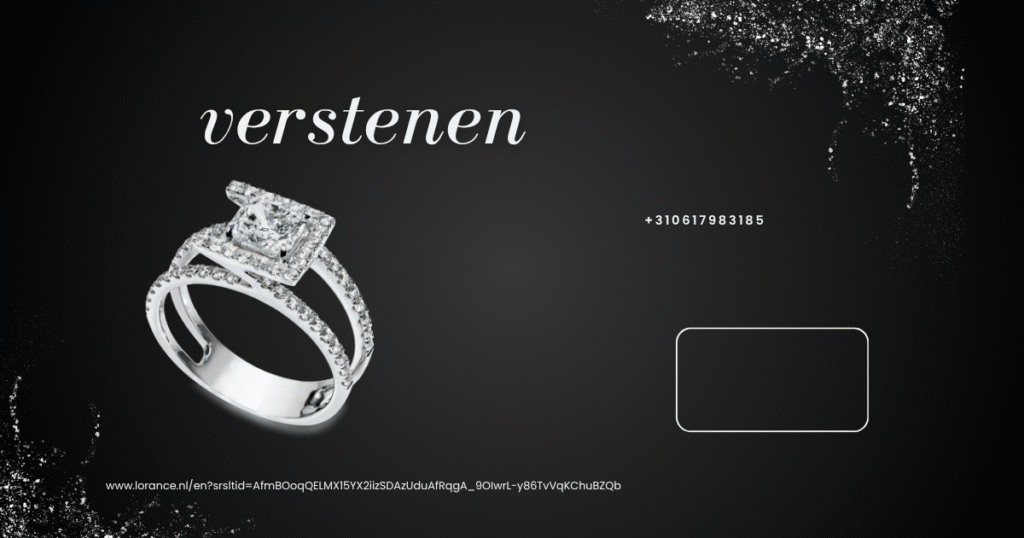
The Dutch word “verstenen” translates to “turning to stone,” and it describes one of nature’s most fascinating transformations. Whether you’re exploring geology, interior design, or spiritual symbolism, verstenen carries layers of meaning — both scientific and poetic. In this article, we’ll explore what verstenen really means, how it happens, and why it has captured human imagination for centuries.
What Does “Verstenen” Mean?
At its core, verstenen refers to the process of petrification — when organic material, such as wood or bone, slowly turns into stone through mineral replacement. Over millions of years, minerals like quartz and silica infiltrate the pores of the material, hardening it into a stunning fossilized form.
The Science Behind Petrification
Petrification is not instantaneous; it’s a geological process that requires time, pressure, and mineral-rich water. When wood is buried under sediment and deprived of oxygen, it avoids decay. Silica and other minerals carried by groundwater gradually replace the original organic material, preserving even microscopic details.
From Wood to Stone: The Steps of Verstenen
-
Burial and Protection: Organic matter is buried under volcanic ash or sediment.
-
Mineral Infiltration: Groundwater rich in silica or calcite flows through the pores.
-
Replacement: Over time, minerals replace organic molecules.
-
Crystallization: The structure hardens, leaving a stone-like fossil that retains the original shape and texture.
Types of Petrified Materials
While petrified wood is the most common example, verstenen can affect various organic materials:
-
Trees and plants: Creating colorful fossilized wood.
-
Bones and shells: Preserving ancient creatures.
-
Fossilized coral: Turning marine life into decorative stone.
Each type offers a glimpse into prehistoric environments and ecosystems.
The Beauty of Petrified Wood
Petrified wood stands out for its remarkable patterns and colors. The mineral composition determines its hues — iron oxides create reds and yellows, manganese brings black tones, and copper yields blues and greens. These vibrant shades make petrified wood a prized material for jewelry, décor, and even furniture.
Verstenen in Art and Interior Design
Designers and collectors treasure petrified wood for its natural elegance and durability. Tables, countertops, and sculptures crafted from fossilized wood blend ancient history with modern aesthetics. Every piece is unique — no two stones share the same grain, color, or texture.
Tip: You can explore beautifully crafted petrified stone pieces and home décor at Lorance.nl, where art meets nature in timeless designs.
Symbolic Meaning of “Turning to Stone”
Beyond geology, verstenen holds deep symbolic meaning. It can represent emotional paralysis, endurance, or timelessness — depending on the context. In literature and mythology, turning to stone often symbolizes the moment when emotion, fear, or love becomes eternal.
Cultural and Historical Connections
Ancient civilizations valued petrified materials for spiritual and aesthetic reasons. In Egypt, petrified wood symbolized eternal life. In Native American traditions, it was seen as a protector stone that grounded the spirit and connected it to Earth’s history.
Healing and Metaphysical Properties
In crystal healing, petrified wood is believed to bring stability, patience, and inner peace. Its grounding energy helps individuals reconnect with nature and balance their emotions. It’s often used in meditation or placed in homes to promote calm and focus.
How to Care for Petrified Stone
Although durable, petrified stone deserves proper care:
-
Clean gently with mild soap and water.
-
Avoid harsh chemicals that can dull the surface.
-
Display safely to protect against chipping or cracking.
Regular care preserves its luster and ensures it remains a conversation piece for generations.
Collecting and Displaying Petrified Stone
Collectors often seek unique color variations and fossilized patterns. Displaying petrified pieces under soft lighting enhances their natural beauty. Whether as a centerpiece or accent décor, petrified wood adds sophistication and a touch of Earth’s history to any setting.
Modern Applications of Verstenen
Today, verstenen materials are used not just for display but also in luxury interiors, architectural accents, and custom jewelry. Designers combine petrified stone with metals, glass, or resin for striking contrasts that merge ancient art with modern style.
Environmental and Ethical Considerations
When purchasing petrified materials, it’s important to choose ethically sourced products. Reputable suppliers, like Lorance.nl, ensure that their pieces are responsibly obtained and that natural sites remain protected for scientific and educational study.
Why “Verstenen” Continues to Inspire
From its geological wonders to its artistic potential, verstenen is a reminder of time’s transformative power. It shows how decay can turn into beauty, and how even fragile organic matter can endure through the ages. The process tells a story — one of patience, transformation, and timeless artistry.
Embrace the Timeless Art of Verstenen
Whether you’re drawn to the science, symbolism, or sheer elegance of petrified stone, verstenen connects you to the ancient rhythm of nature. It teaches us that even in stillness, transformation is happening.
